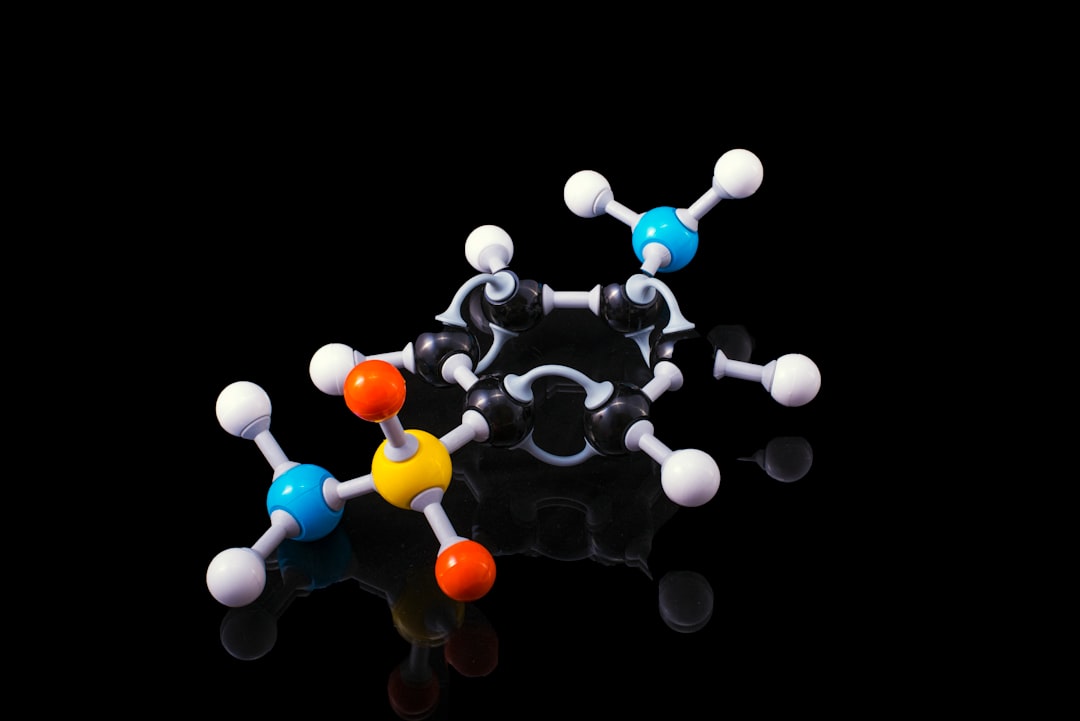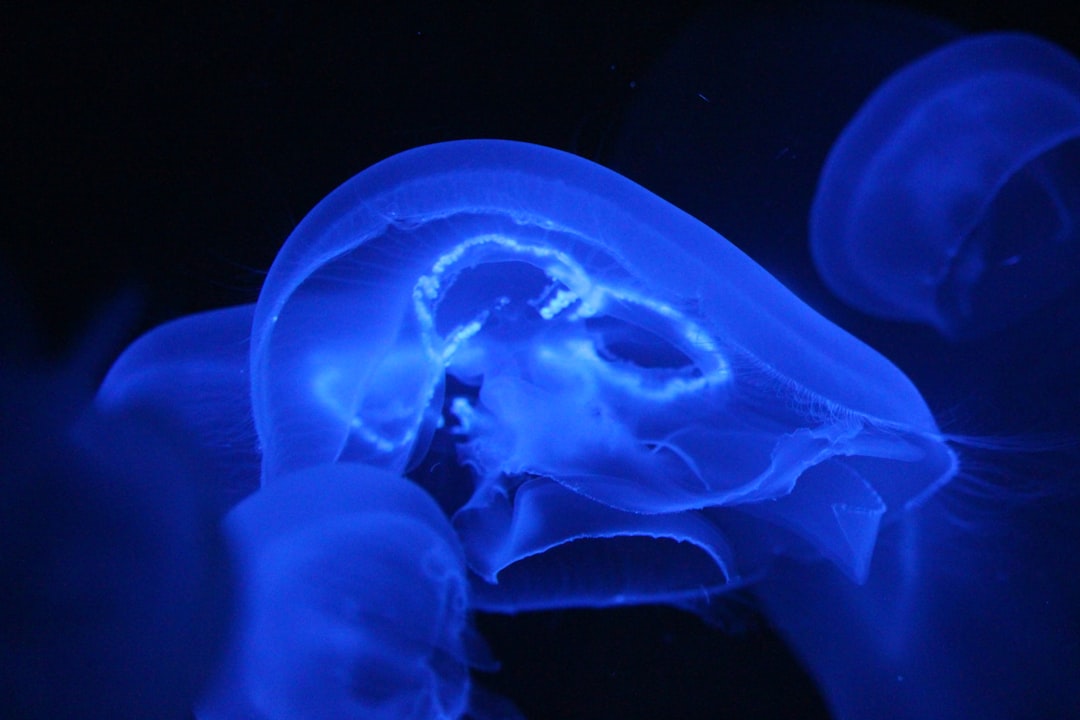What is it about?
This study explores a cutting-edge method for enhancing the production of solar chemicals by immobilizing cyanobacteria and algae using advanced materials and 3D-printing technology. By overcoming traditional challenges in immobilization, such as low productivity and sustainability, the engineered bioink developed in this study promises to revolutionize industrial practices. The innovative approach outlined in the paper aims to boost the efficiency and scalability of solar chemical production, offering a greener and more sustainable solution for the future.
Featured Image

Photo by John Mark Arnold on Unsplash
Why is it important?
This research holds significant importance due to its potential to revolutionize the production of solar chemicals and fuels. By introducing a novel approach to immobilizing cyanobacteria and algae using advanced materials and 3D-printing, the study addresses key challenges in traditional immobilization methods. The development of a robust bioink not only enhances the productivity and sustainability of chemical production but also paves the way for greener industrial practices. Ultimately, this innovation has the capacity to contribute to a more sustainable future by reducing reliance on fossil fuels and minimizing environmental impact.
Perspectives
The study opens doors for further advancements in design and application of algal and cyanobacterial solid-state photosynthetic cell factories. Additionally, the integration of 3D-printing technology offers possibilities for customizing and scaling up production processes.
Dr Sergey N Kosourov
Turun Yliopisto
Read the Original
This page is a summary of: Employing photocurable biopolymers to engineer photosynthetic 3D-printed living materials for production of chemicals, Green Chemistry, January 2024, Royal Society of Chemistry,
DOI: 10.1039/d3gc04264b.
You can read the full text:
Contributors
The following have contributed to this page










